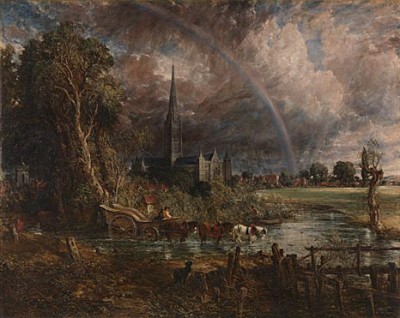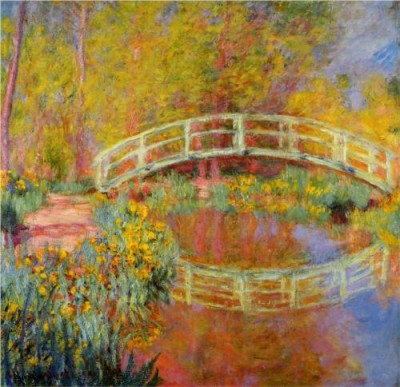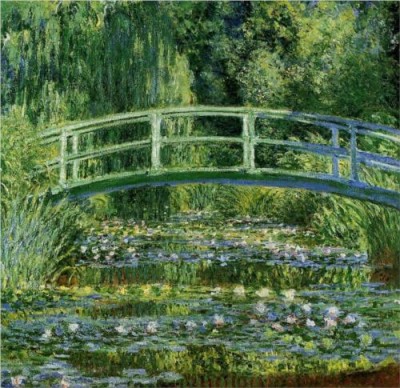In art, as in other disciplines, study is essential. But practice makes perfect. For painters, often this means painting the same subject again and again, learning by doing, until they achieve both the mastery of technique and refinement of observation to create a fully realized work.
Even accomplished painters may still return to the practice of creating preliminary sketches or studies of a subject in order to work out the details and solve possible problems before tackling the final piece. Certainly, there are favorite themes or scenes artists tend to revisit that will recur in their body of work.
There are also cases throughout art history where artists become so enamored of a subject, perhaps even obsessed, that repetition becomes an end and not a means. Whether it is Constable with his depictions of Salisbury Cathedral in all possible lighting conditions, sometimes viewed at the exact same distance through a break in the tree branches, or Monet’s series of Giverny garden, Rouen Cathedral, and haystacks, these artists produced series of paintings that were more than just studies, but also never quite the final word on the subject.
One wonders at the reasons behind such dedication and devotion. Were these artists stubborn perfectionists bringing us along on their private endless journey of discovery? Or, did these artists intend to demonstrate that there is no definitive view of any subject, that it takes multiple images considered together to do it justice?
Whatever the reason, thanks to the art of repetition we have series that are not simply gatherings of alternate versions, but of highly focused and carefully rendered individual works that can stand alone, or be taken together, and still leave us wanting more.
Brian Sylvester is a guest blogger on WallSpin, and an artist on Zatista.
Related articles
- Small (Think Nano) Art (zatista.com)
- Back to School (zatista.com)
- Art Soup (zatista.com)








Comments (0)